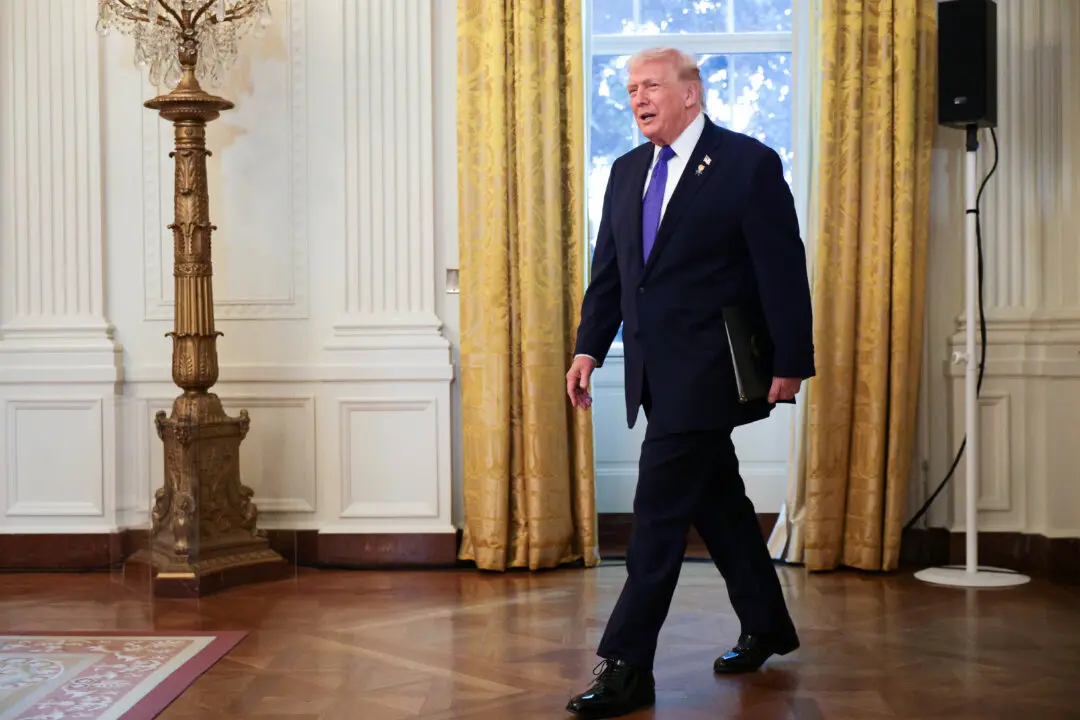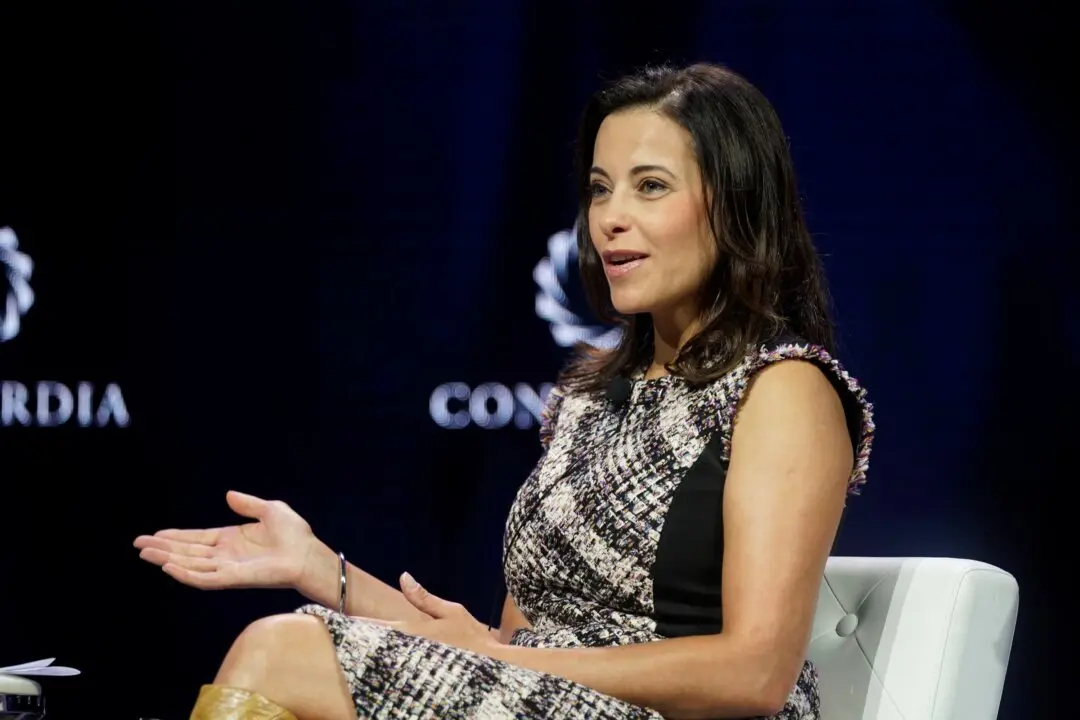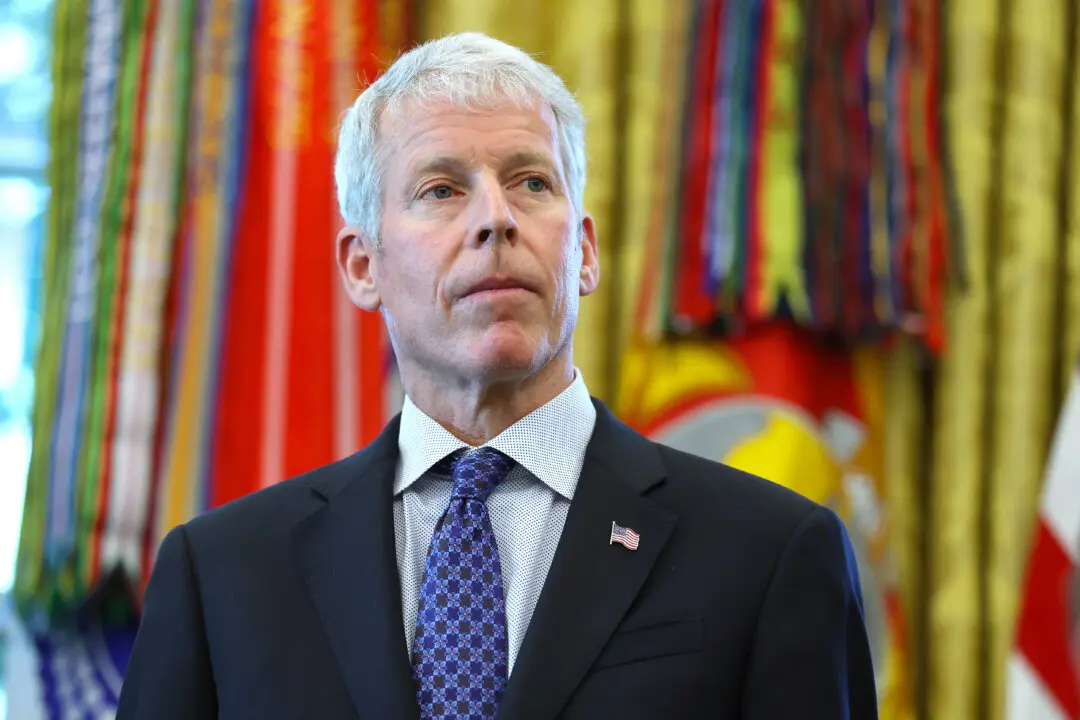A harsh reality of communism is that when an atheist state dictates every aspect of people’s lives, life itself becomes cheap and expendable in the eyes of the state, according to Elizabeth Spalding, founding director of the Victims of Communism Museum in Washington.
In an interview with Epoch TV’s “American Thought Leaders,” Spalding said the museum commemorates over 100 million people killed by communism in the last century as well as the hundreds of millions who have lived under communist regimes.






